Imagine a land where mountains wear robes of barren brown, rivers carve deep gorges, and ancient monasteries whisper tales of centuries past. This isn’t a fantasy; this is Spiti Valley, a cold desert mountain paradise nestled high in the Himalayas of Himachal Pradesh. And the journey to get there? It’s an adventure in itself – a road trip from Delhi that promises breathtaking landscapes, challenging terrains, and an experience that will stay with you long after you’ve returned.
Why Spiti Valley Beckons
Spiti, meaning “The Middle Land,” lies between Tibet and India, offering a unique blend of Buddhist culture, stark natural beauty, and unparalleled tranquility. It’s a place where time seems to slow down, allowing you to connect with nature and yourself. From ancient monasteries perched on cliffs to the world’s highest villages, Spiti is a dream destination for adventurers, photographers, and spiritual seekers alike.
When to Embark on Your Spiti Odyssey
The best time for a road trip to Spiti Valley is from May to October. During these months, both the Shimla and Manali routes are generally open.
- Summer (May – June): Pleasant weather, clear skies, ideal for all activities. Less crowded if you take the Shimla route before the Manali route opens fully.
- Monsoon (July – August): Spiti is a rain-shadow region, so it doesn’t receive heavy rainfall like other parts of Himachal. However, the approach roads (especially Manali side and parts of Kinnaur) can be prone to landslides and water crossings. The valley turns a surprising green.
- Autumn (September – October): Crisp air, clear skies, golden landscapes, and fewer tourists. This is often considered one of the best times for photography.
- Winter (November – April): Extremely harsh and cold, with heavy snowfall. Roads often close, especially the Manali route. Only accessible via Shimla, and only for experienced winter travelers seeking extreme adventure.
Choosing Your Path: The Two Gates to Spiti
There are two primary routes to Spiti Valley from Delhi, each offering a distinct experience:
- The Shimla – Kinnaur Route (The Gradual Ascent):
- Route: Delhi → Shimla → Narkanda → Rampur → Sangla/Chitkul → Kalpa → Nako → Tabo → Kaza.
- Pros: This route offers a more gradual ascent, allowing for better acclimatization to the high altitude, thus reducing the risk of Acute Mountain Sickness (AMS). It’s generally open for a longer duration, often throughout the year (though heavy snowfall can temporarily close sections). The landscapes are diverse, transitioning from lush green hills to the barren beauty of Kinnaur and Spiti.
- Cons: It’s longer in terms of distance and time compared to the Manali route.
- Recommended for: First-timers, families, and those who prefer a less strenuous drive.
- The Manali – Rohtang/Atal Tunnel Route (The Adventurous Shortcut):
- Route: Delhi → Manali → Rohtang Pass (or Atal Tunnel) → Gramphu → Batal → Kunzum Pass → Losar → Kaza.
- Pros: Shorter in distance and can save a day or two if conditions are perfect. The landscapes are dramatic and raw. The Atal Tunnel has significantly reduced travel time and bypassed the notorious Rohtang Pass traffic.
- Cons: This route is highly seasonal, typically open only from June to October (depending on snow clearance at Kunzum Pass). It involves a rapid gain in altitude, making acclimatization crucial and increasing the risk of AMS. Road conditions can be extremely challenging with water crossings, slush, and rough patches.
- Recommended for: Experienced drivers/riders and adventure seekers.
A Suggested Itinerary: The Shimla-Spiti Circuit (7-8 Days)
This itinerary focuses on the Shimla route for better acclimatization and covers the major highlights of Spiti.
- Day 1: Delhi to Narkanda/Shimla (Approx. 400 km / 9-10 hours)
- Start early from Delhi. Drive through Chandigarh and head towards the hills.
- Overnight stay in Narkanda or Shimla. Narkanda offers better views and a quieter atmosphere.
- Day 2: Narkanda to Sangla/Chitkul (Approx. 180 km / 7-8 hours)
- Descend into the beautiful Sutlej Valley. The drive is scenic, passing through Rampur.
- Reach Sangla, a picturesque valley. Consider a detour to Chitkul, the last inhabited village near the Indo-Tibet border, known for its stunning beauty.
- Overnight stay in Sangla or Chitkul.
- Day 3: Sangla/Chitkul to Kalpa (Approx. 60 km / 3-4 hours)
- Drive to Kalpa, famous for its panoramic views of the Kinnaur Kailash range.
- Explore Kalpa village, visit the Narayan-Nagini temple, and enjoy the apple orchards.
- Overnight stay in Kalpa.
- Day 4: Kalpa to Tabo (via Nako & Gue) (Approx. 150 km / 6-7 hours)
- Enter the barren landscapes of Spiti. Stop at Nako village, known for its serene lake and ancient monastery.
- Detour to Gue village to see the famous 500-year-old mummified monk.
- Reach Tabo, home to the UNESCO World Heritage Tabo Monastery, often called the “Ajanta of the Himalayas” for its ancient murals.
- Overnight stay in Tabo.
- Day 5: Tabo to Kaza (via Dhankar) (Approx. 50 km / 2-3 hours)
- Proceed to Dhankar, dramatically perched on a cliff. Visit the Dhankar Monastery and, if time and energy permit, trek to Dhankar Lake.
- Continue to Kaza, the administrative headquarters and main town of Spiti Valley.
- Overnight stay in Kaza.
- Day 6: Kaza Local Sightseeing (Approx. 60-70 km circuit)
- Explore the iconic Key Monastery, the largest and most famous monastery in Spiti.
- Visit Langza village, known for its giant Buddha statue and fossil hunting.
- Head to Hikkim, home to the world’s highest post office – send a postcard!
- Continue to Komic, one of the highest motorable villages in the world.
- Explore Kibber village, known for its wildlife and stunning views.
- Return to Kaza for overnight stay.
- Day 7: Kaza to Chandratal Lake (Approx. 100 km / 4-5 hours)
- Embark on a challenging but rewarding drive towards Chandratal Lake, crossing the high-altitude Kunzum Pass (4,590m).
- Trek a short distance from the road to reach the crescent-shaped “Moon Lake,” famous for its ever-changing colors.
- Overnight stay in camps near Chandratal Lake (tents are usually set up a few kilometers from the lake itself).
- Day 8: Chandratal to Manali/Delhi (Approx. 120 km to Manali / 7-8 hours to Manali)
- From Chandratal, you can either return to Delhi via the Manali route (crossing the Atal Tunnel) or retrace your steps via the Shimla route. The Manali route is shorter for the return journey but still depends on road conditions.
Essential Tips for a Smooth Spiti Road Trip
- Vehicle: A high-ground clearance SUV (like a Scorpio, Thar, Fortuner) is highly recommended. Avoid low-slung sedans.
- Acclimatization: This is paramount. Ascend gradually, drink plenty of water, avoid alcohol, and don’t overexert yourself, especially on the first few days. Carry medicines for AMS (e.g., Diamox, consult your doctor).
- Packing: Layered warm clothing (thermals, fleece, down jacket), comfortable trekking shoes, sunglasses, sunscreen, lip balm, a good first-aid kit, and personal medications are essential.
- Fuel & ATMs: Fuel stations are scarce. Tank up in Rampur (if coming via Shimla) or Manali (if coming via Manali) and again in Kaza. ATMs are limited to Kaza and Reckong Peo, so carry enough cash.
- Permits:
- Indian Citizens: Generally, no permit is required for Spiti Valley. However, if you are traveling via the Manali-Rohtang Pass route, you will need a permit for Rohtang Pass (which can be obtained online). If you are coming via Shimla, you might need an Inner Line Permit for certain border areas like Nako and Pooh, though this is often not strictly enforced for Indian tourists. It’s always good to carry a valid ID (Aadhar Card is best).
- Foreign Nationals: An Inner Line Permit (ILP) is required for foreign nationals to visit certain areas beyond Reckong Peo. These can be obtained from the DM office in Shimla or Reckong Peo.
- Connectivity: Mobile network is patchy. BSNL and Jio generally have better coverage in some areas, but expect to be off-grid for significant stretches.
- Respect Local Culture: Spiti is a Buddhist region. Dress modestly, especially when visiting monasteries. Always ask for permission before photographing people.
- Be Flexible: Road conditions in the Himalayas can change rapidly due to weather. Be prepared for delays and have buffer days.
A road trip to Spiti Valley is more than just a journey; it’s an immersive experience that challenges your limits and rewards you with unparalleled beauty and a profound sense of peace. So, pack your bags, rev your engines, and get ready to explore the “Middle Land”!

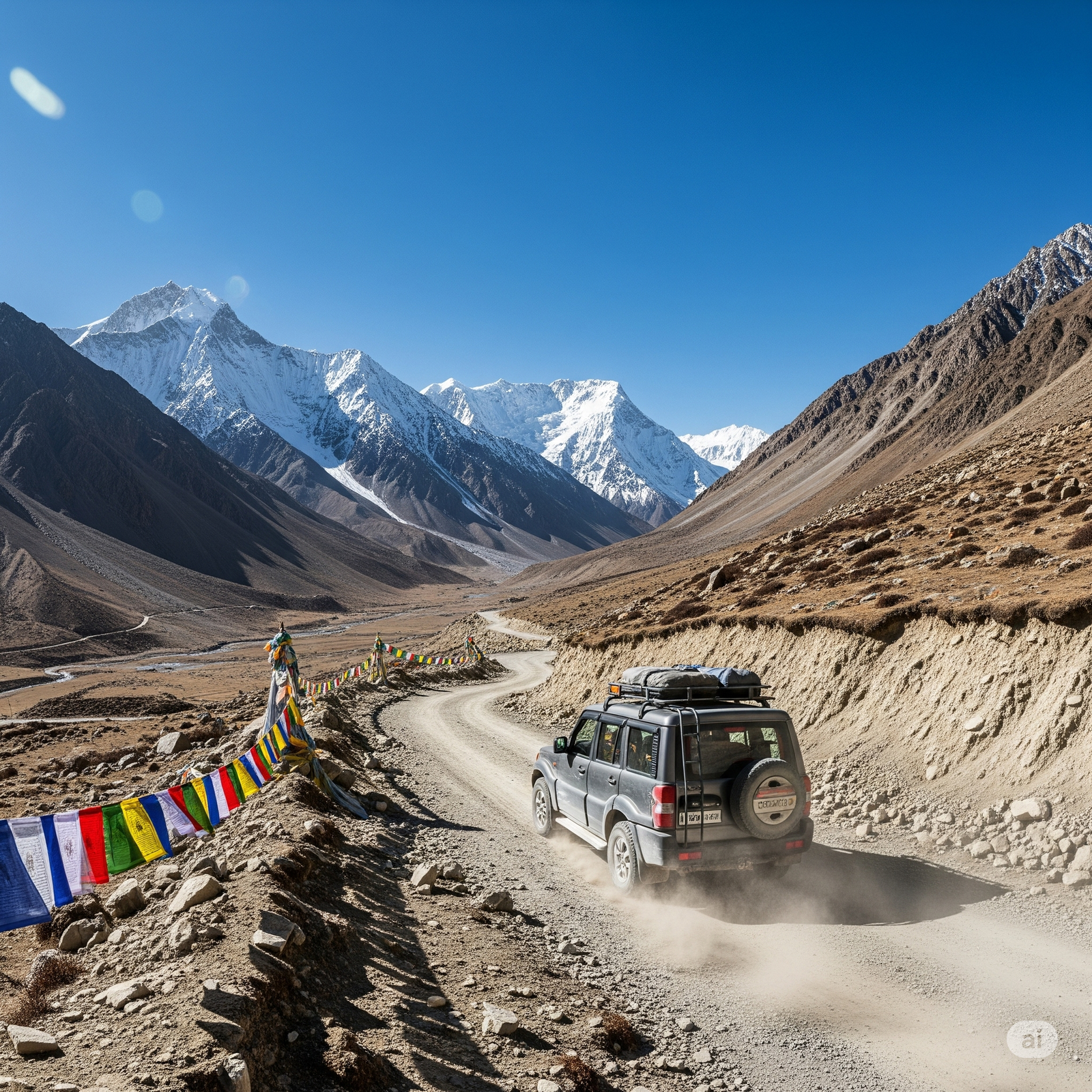

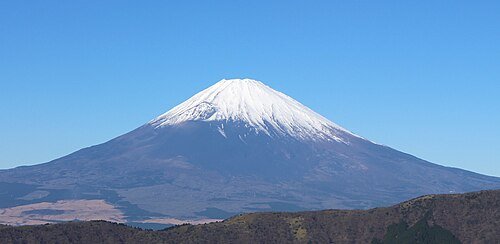
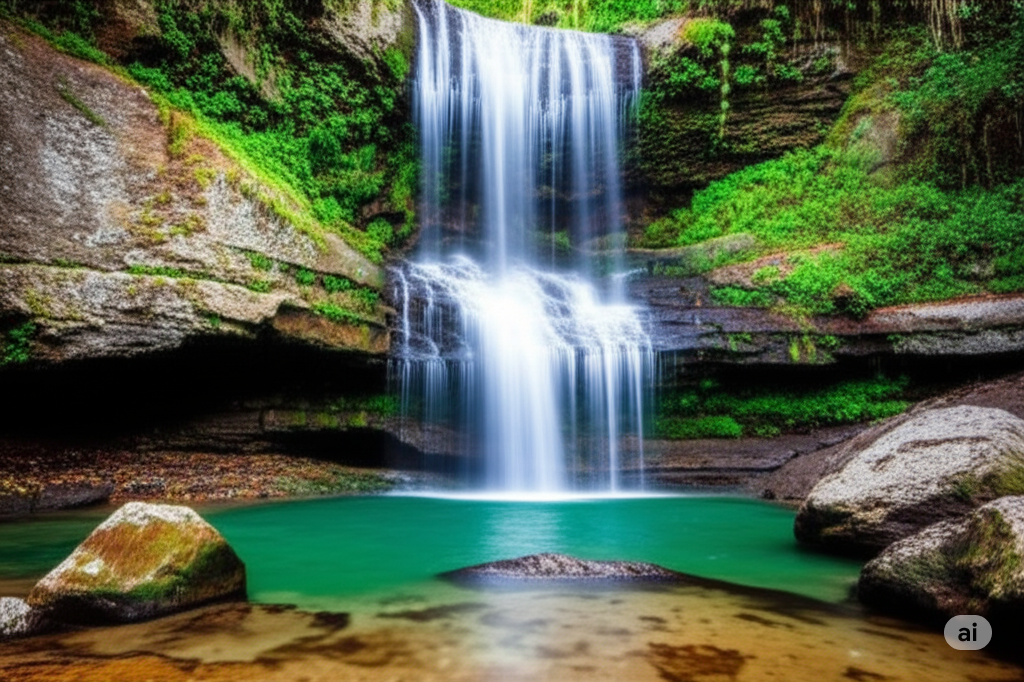
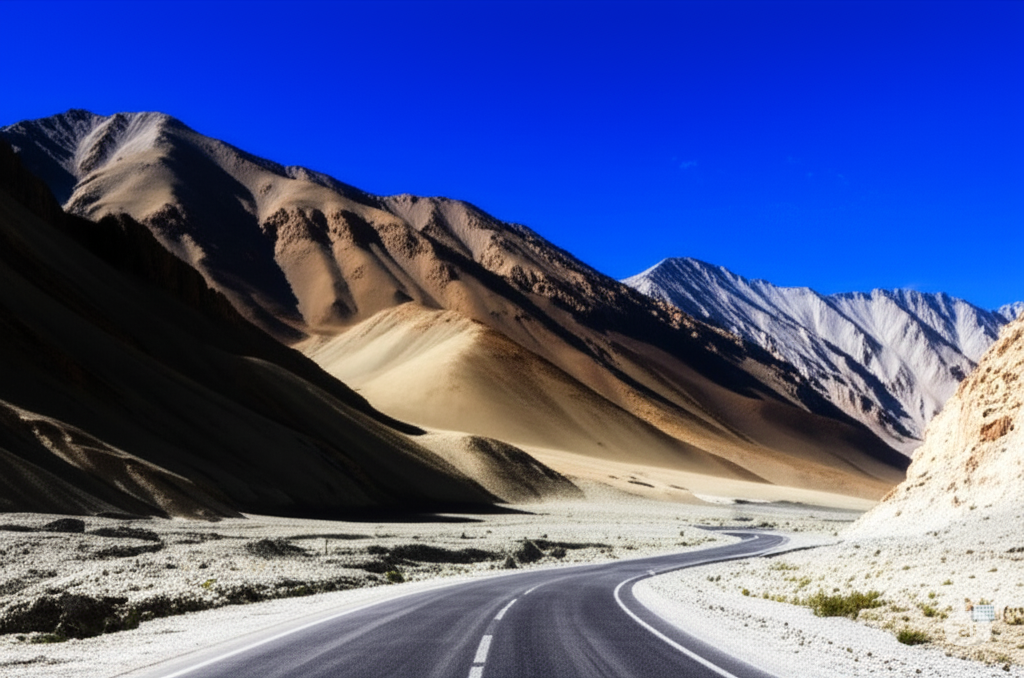
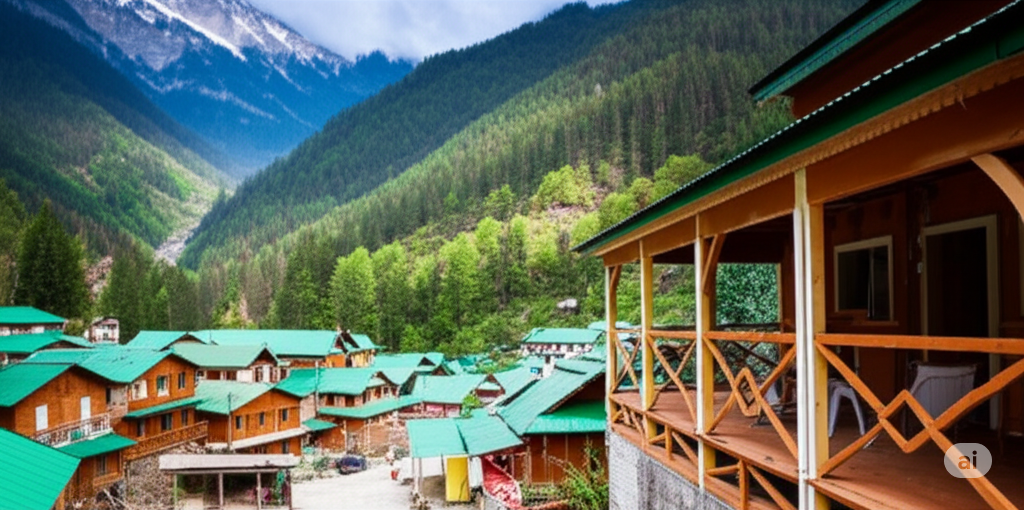


Leave a Reply